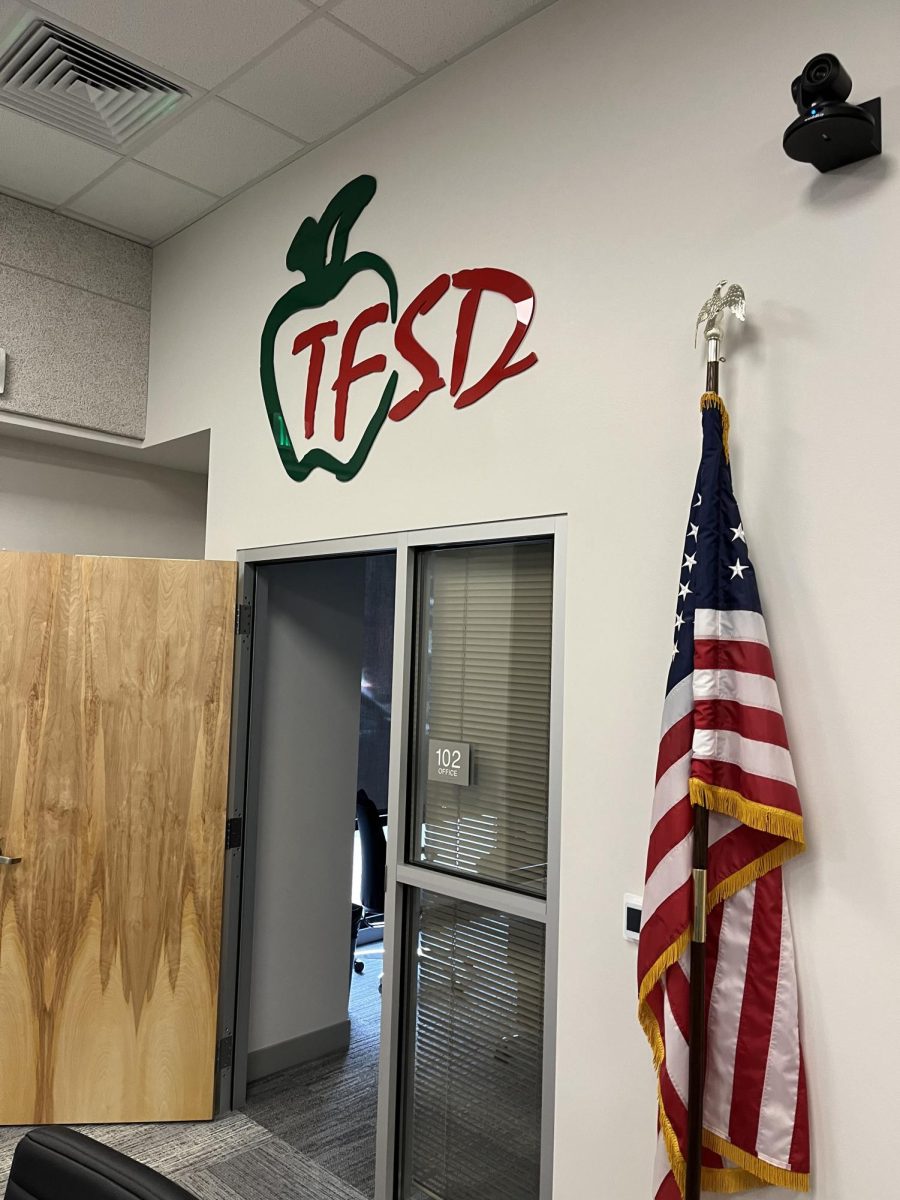Don’t get me wrong, I support rules regarding appropriate clothing while at school, as long as it is balanced evenly. As a teenage girl in high school, I can attest to the fact that when dress codes are instilled in schools, girls are usually more adversely affected.
In most schools, dress codes are implemented by school districts to promote learning and safety. However, are dress codes really a tool for safety or to set restrictions about a student’s image? In what ways does restricting a girl from wearing tight clothing keep the student body safe? And how are dreadlocks or braids putting students in danger?
If you look at a standard dress code, what will you see? You might see: no spaghetti straps, no midriff showing, shorts have to go to your mid thigh, etc. Let’s be honest. How often do we see a boy wearing spaghetti straps? Or showing their midriff? Probably not very often. This goes to show that dress codes are, in fact, more targeted towards girls.
With the majority of dress code, girls are subconsciously being taught that their body parts are extremely important to others. This can translate to girls caring more about the way their bodies look. This can have countless long-lasting effects such as body dysmorphia, body shaming, and eating disorders all because they were dress-coded after showing too much skin. Additionally, Dr. Tim Jordan, a developmental and behavioral pediatrician, tells us that ways of enforcing dress codes can lead to a sexually objectifying environment which can make girls feel physically and psychologically unsafe. According to Courtney Mauldin, professor at Syracuse University, commonly, when dress codes use words like “revealing” or “provocative” it implies that girls are that way to gain sexual attention or draw a strong reaction which is not always the case.
As well as feeling unsafe physically and psychologically, getting dress-coded can be humiliating. For example, a student in Clay County, Florida, was forced to wear the “shame suit” after being dress-coded when her skirt was too short, despite it reaching her knees. Some of these viral stories can start much, much younger. Canyon Ridge is more reasonable when it comes to dress codes and enforcement, but that doesn’t mean that female students don’t face sexism like the girls in these schools.
School administrators and staff need to think about how their dress codes
affect some students more than others and make an effort to enforce it fairly.


